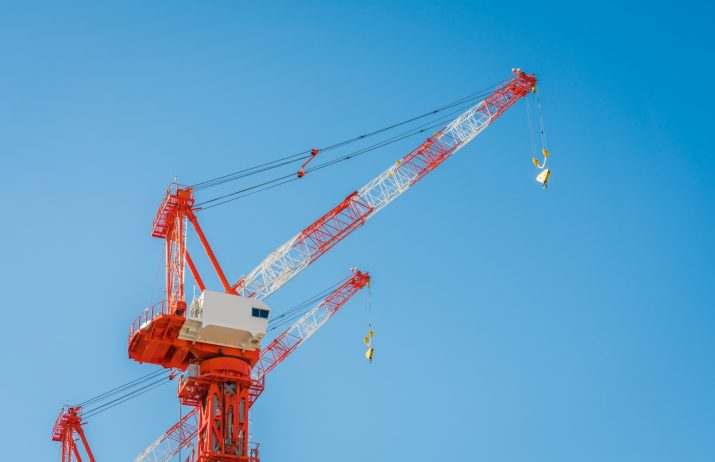Understanding Crane Accidents and Legal Support
By Yourinjury case
July 12, 2024 • Fact checked by Dumb Little Man

Crane accidents are serious incidents that can result in devastating injuries, fatalities, and extensive property damage. Due to the complex nature of crane operations and the inherent risks involved, understanding the causes of crane accidents, implementing preventive measures, and seeking legal assistance are crucial steps in promoting safety and protecting the rights of those affected.
The Risks of Crane Accidents
Crane accidents can occur in various industries and construction sites, involving different types of cranes, such as tower cranes, mobile cranes, and overhead cranes. Some common factors contributing to crane accidents include:
- Equipment Failure: Malfunctioning or defective crane components, including hoists, cables, and rigging equipment, can lead to catastrophic accidents.
- Operator Error: Inadequate training, negligence, or errors in crane operation, such as overloading the crane or improper signaling, can result in accidents.
- Adverse Weather Conditions: High winds, rain, snow, or ice can affect crane stability and visibility, increasing the risk of accidents during lifting operations.
- Improper Assembly or Maintenance: Errors in crane assembly, maintenance, or inspection can compromise the structural integrity of the crane and lead to accidents.
- Struck-By Hazards: Workers or bystanders may be struck by moving crane parts, loads, or falling debris, resulting in serious injuries or fatalities.
Preventing Crane Accidents
Preventing crane accidents requires a comprehensive approach involving proper training, adherence to safety regulations, regular maintenance, and effective communication. Key preventive measures include:
- Operator Training: Providing thorough training and certification programs for crane operators to ensure competency in safe crane operation and hazard recognition.
- Safety Protocols: Establishing clear safety protocols, including pre-operational checks, lift planning, and communication procedures, to minimize the risk of accidents.
- Regular Inspections: Conducting routine inspections and maintenance of cranes and related equipment to identify and address potential hazards or defects.
- Site Safety Measures: Implementing site-specific safety measures, such as establishing exclusion zones, securing crane loads, and monitoring weather conditions, to mitigate risks.
- Compliance with Regulations: Ensuring compliance with relevant safety regulations and standards, including OSHA requirements for crane operations and workplace safety.
Legal Support for Crane Accident Victims
In the aftermath of a crane accident causing injury or death, seeking legal assistance is crucial for protecting the rights of victims and holding responsible parties accountable. Legal support for crane accident victims involves:
- Investigating the Accident: Conducting a thorough investigation to determine the cause of the crane accident and identify liable parties, such as crane owners, operators, contractors, or manufacturers.
- Evaluating Liability: Assessing liability based on factors such as negligence, equipment defects, inadequate training, or failure to follow safety regulations.
- Gathering Evidence: Collecting evidence, including accident reports, witness statements, crane maintenance records, and expert assessments, to support the victim’s claim and establish liability.
- Navigating Legal Proceedings: Assisting victims in filing claims, negotiating settlements with insurance companies, or representing them in court if litigation is necessary.
- Maximizing Compensation: Advocating for maximum compensation to cover medical expenses, lost wages, pain and suffering, rehabilitation costs, and other damages resulting from the accident.


